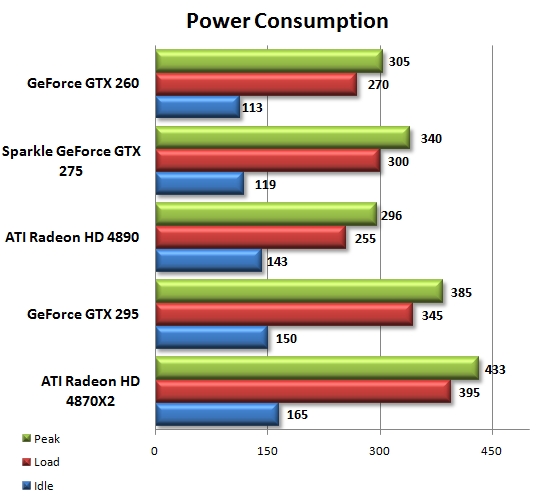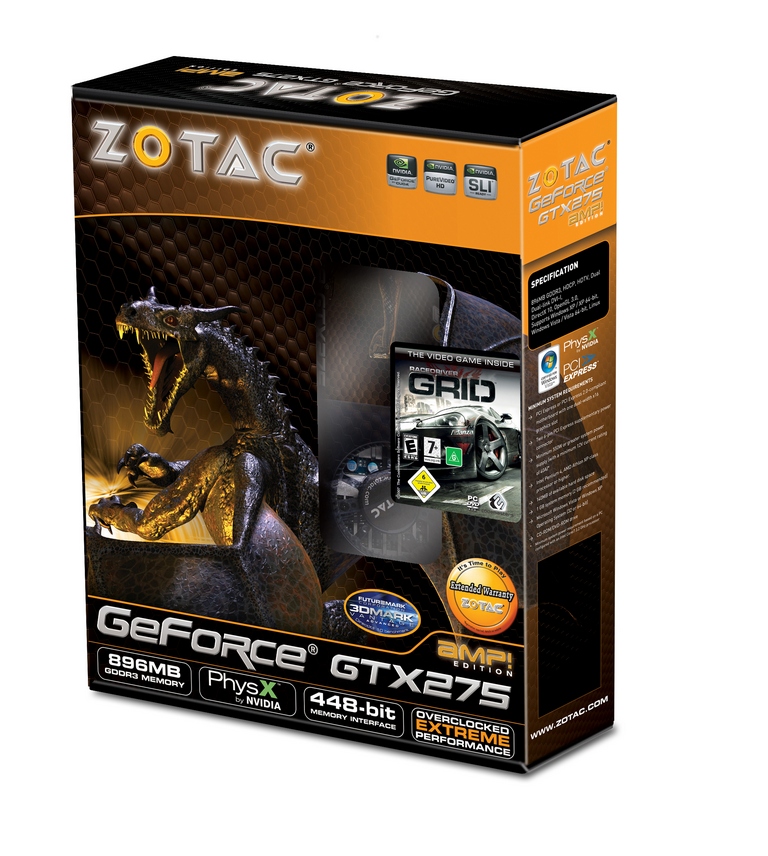


Now, with the debut of the newer, cheaper GTX 670, we begin to see what happens with the rest of the production run. In the case of the NVIDIA graphics cards based on the new "Kepler" line, the best processors are reserved for the top-end product - the GTX 680, which received a rapturous review from Digital Foundry last month. So what happens to these less-than-perfect chips? Well, a process called "binning" sorts the processors into various quality levels, each destined for different end-products. Some are capable of running at faster speeds than others, while sometimes defects manifest when the transistors aren't fabricated entirely as they should be, owing to microscopic imperfections in the material. Silicon chip production is not an exact art - no two chips that come off the production line are exactly alike.


 0 kommentar(er)
0 kommentar(er)
